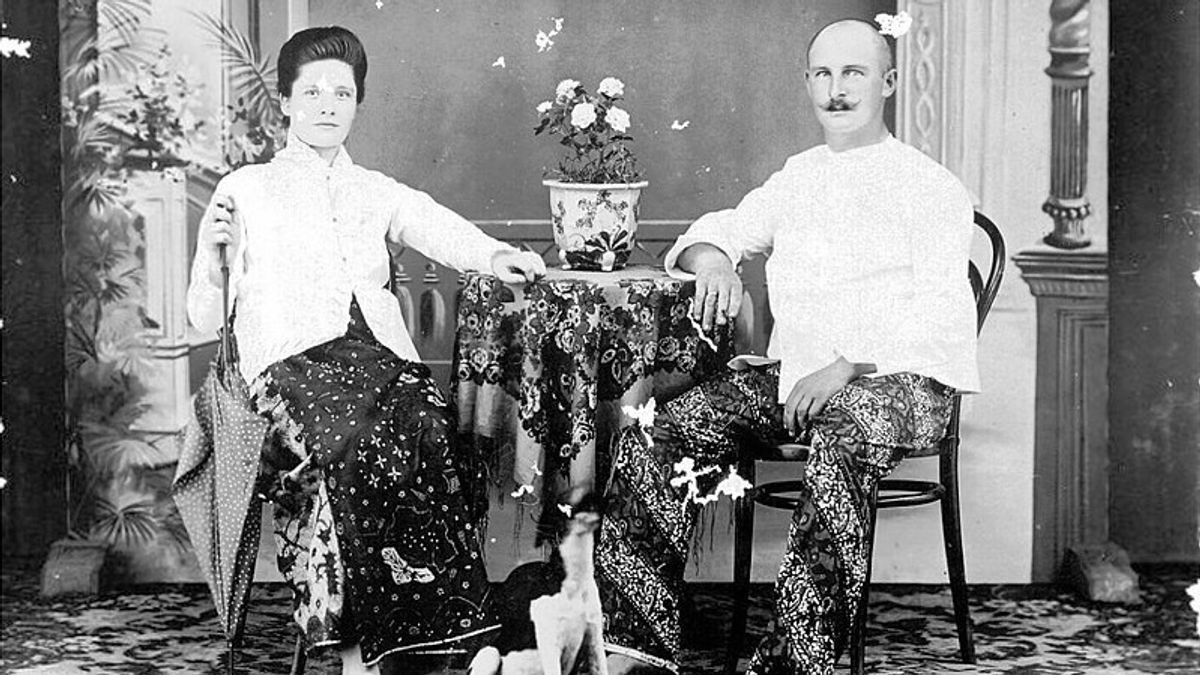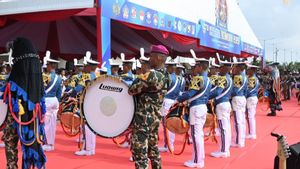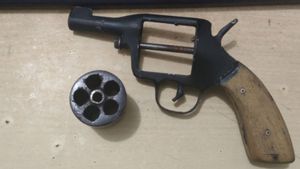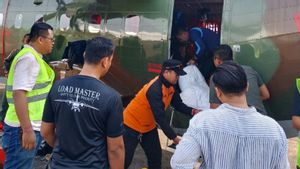JAKARTA - Dutch colonialism has been going on for a very long time in the archipelago. Europeans, especially the Dutch - who initially upheld the way the Blue Continent's life began to adapt to the surrounding environment. They began to adopt the culture of the bumiputras. Kebaya, one of them.
Javanese clothing is a daily choice for European women in the Dutch East Indies. Especially when at home. Even though kebaya is not used in important celebrations. All because the kebaya is comfortable to use in the tropics.
Services for the Dutch trading airline VOC opened up no two European migration to the archipelago. They want to build a colony with the aim of gaining abundant profits. However, not all Company officials, especially those at low levels, can bring their families along.
Those who can bring their wives and children are limited to those who have high positions. The rest, lowly employees must perpetuate their singles in the colony. The only hope is that they can reunite with their families when their tenure in the archipelago ends.
Most Dutch officials are reluctant to live single lives. An unbearable need for sustenance lies behind it. The teaching to marry locals, including raising slaves, is the only option that makes the most sense. This is because the option of visiting prostitution is considered to carry disease.
A European woman in a kebaya dress in the Dutch East Indies. (Wikimedia Commons)
Dutch officials then lived together on one roof. That habit lasted until the colonial government of the Dutch East Indies. That fact made two different cultures European culture and bumiputra-- merged into one.
Europeans adopt local culture. Vice versa. In fact, the fusion gave rise to a new culture. Indis culture, his name. Culture develops in all lines of life. From ways of dress to art.
From the birocrats of the colonial government, Indis culture developed which is the result of a close relationship between two cultures, namely Javanese and Dutch culture. By historian Rob Nieuwenhuys, this kind of close network is described as if there was an osmose and mental exchange between Javanese and Dutch, namely Javanese people entering the European cultural environment and vice versa.
"Welfare and an increase in the status of a person demands a lifestyle change, seen in terms of using language, dress, how to eat, complete household furniture, living livelihoods, arts, belief/religious, and a more time-appreciating attitude," said Djoko Soekiman in the book Indonesian Culture: From the Compenium Age to Revolution (2014).
Fertilizing culture became a new way of life for Dutch East Indies officials in the archipelago. They adopt each other's culture. A attracted European woman uses kebaya, one of which. The shape of the thin white cloth decorated with many embroidered clothes is considered suitable for the tropical climate typical of the Dutch East Indies.
Kebaya is used in European women's daily lives. Dutch historian Jean Gelmon Taylor called the European's penchant for kebaya a form of peace, peace, and social regularity.
All because European clothing is deemed unsuitable to be used in tropical climates. European clothing is only used at certain times. Alias when European women entered places controlled by the colonial government. The rest, when at home and chatted with their surroundings, they returned to using the kebaya.
The popularity of kebaya is increasing because it follows the taste of the times. The variations of kebaya cloth are growing. In fact, kebaya was able to adopt the Western and Arabic style of the canal. Therefore, the presence of kebaya at that time was able to penetrate the social strata. Kebaya is considered clothing of all groups: natives, Europeans, and Indo-Netherlands.
Kebaya is not only famous in the Dutch East Indies. In the Netherlands, kebaya is quite popular. Those who want to try their luck and take a vacation to the Dutch East Indies feel obliged to buy kebaya in preparation for life in the Dutch East Indies. After all, kebaya has been sold everywhere in the Netherlands.
In the late 19th century, Dutch women who were leaving for the Indies bought their clothes in the Netherlands, in shops devoted to tropical clothing such as Gerzons and De Bijenkorf. Even gloves and kebaya can be purchased in the Netherlands, although it is recommended to buy them in the Indies.
The keya purchased at high prices in the Netherlands looks ridiculous when worn in the Indies. In 1908 the Catenius-van der Meijen reminded women not to bring too much clothing because you will find everything, as cheap as, if not cheaper than, in the first lady (Netherlands), "said Jean Gelmon Taylor in the bookOutward Appearances (2005).
The English, Chinese, Japanese, Arabic, and French versions are automatically generated by the AI. So there may still be inaccuracies in translating, please always see Indonesian as our main language. (system supported by DigitalSiber.id)












